Photos: The Life of Nutcracker Man
Famous Skull
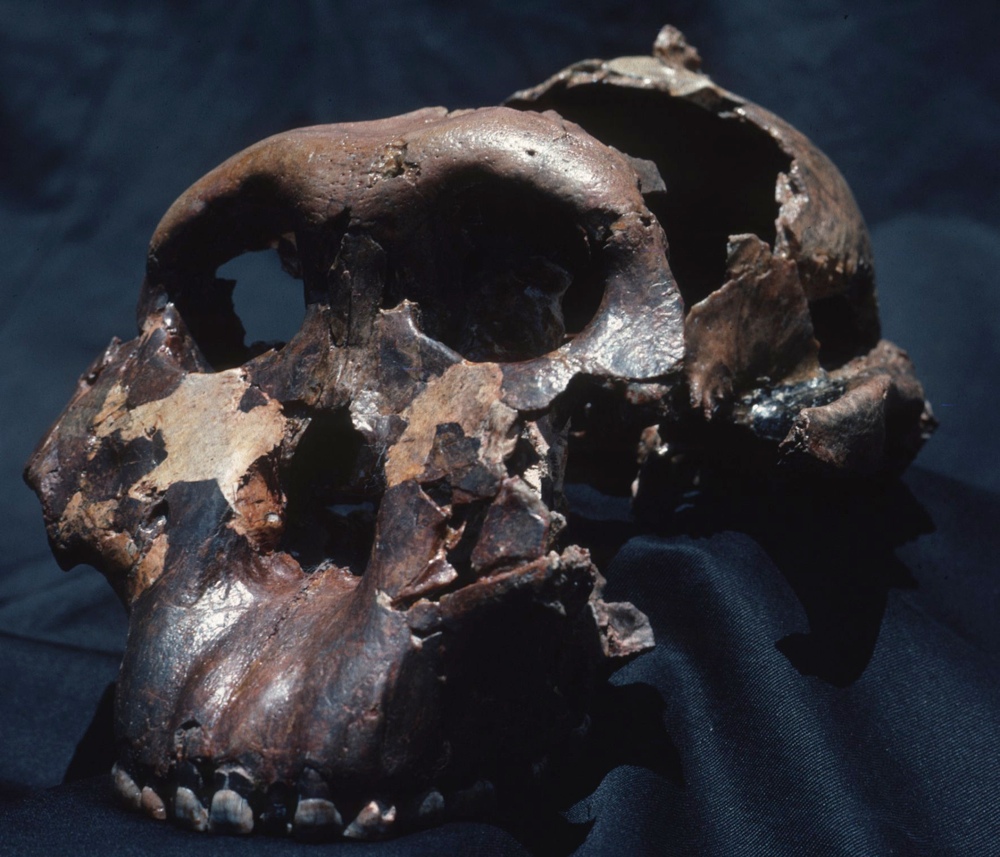
Here, the skull of the Olduvai Hominid 5, also called Nutcracker Man, the most famous of the early human fossils, which was found at Olduvai Gorge, Tanzania.
My What Big Teeth ...
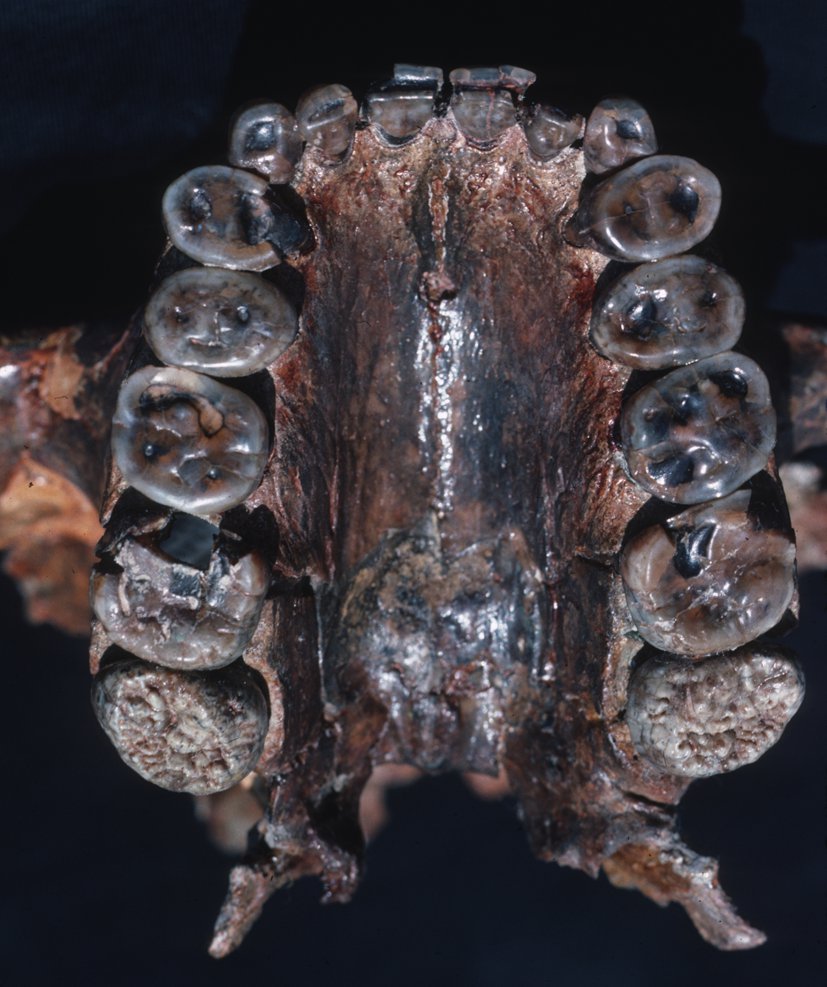
Nutcracker Man, officially called Paranthropus boisei, roamed across East Africa 1.4 million to 2.4 million years ago, living alongside the direct ancestors of humanity. It earned its nickname because of its massive jaw and huge molars. Here, the palate and maxillary teeth of Paranthropus boisei.
Nutcracker man teeth
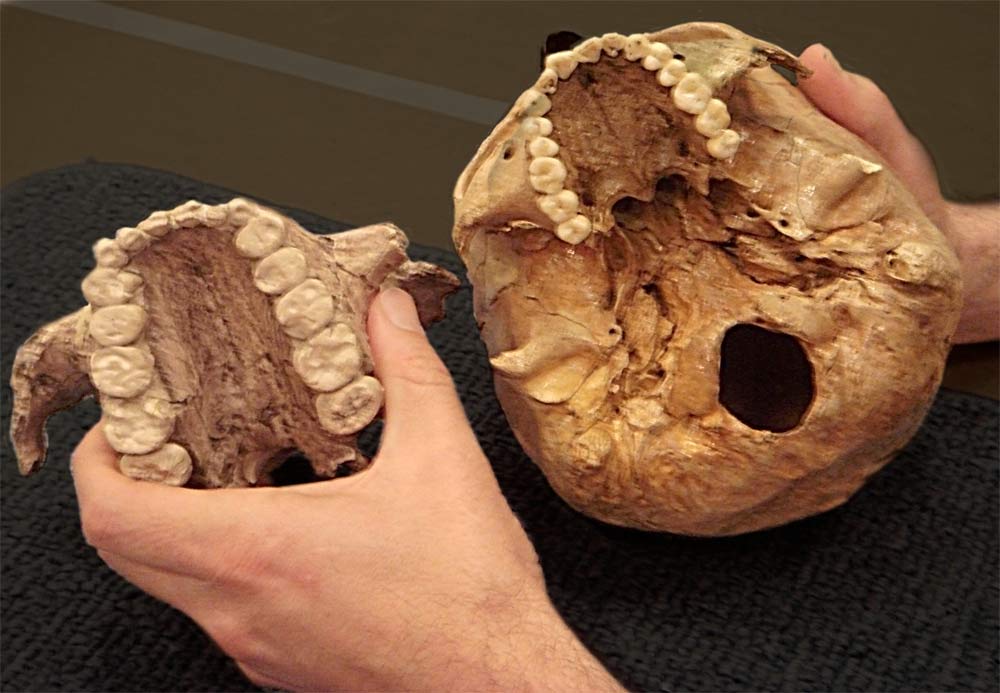
The extinct early human relative dubbed Nutcracker Man, Paranthropus boisei, had much larger teeth (left) than those of modern humans (right), as shown in these casts of two palates.
Human Origins: Our Crazy Family Tree

Because of its powerful jaw, scientists long assumed that P. boisei ate nuts, seeds and other hard items. Mysteriously, a recent study of its teeth did not turn up the kind of pitting one would expect from hard meals, suggesting Nutcracker Man actually fed on softer fare.
Nutcracker man
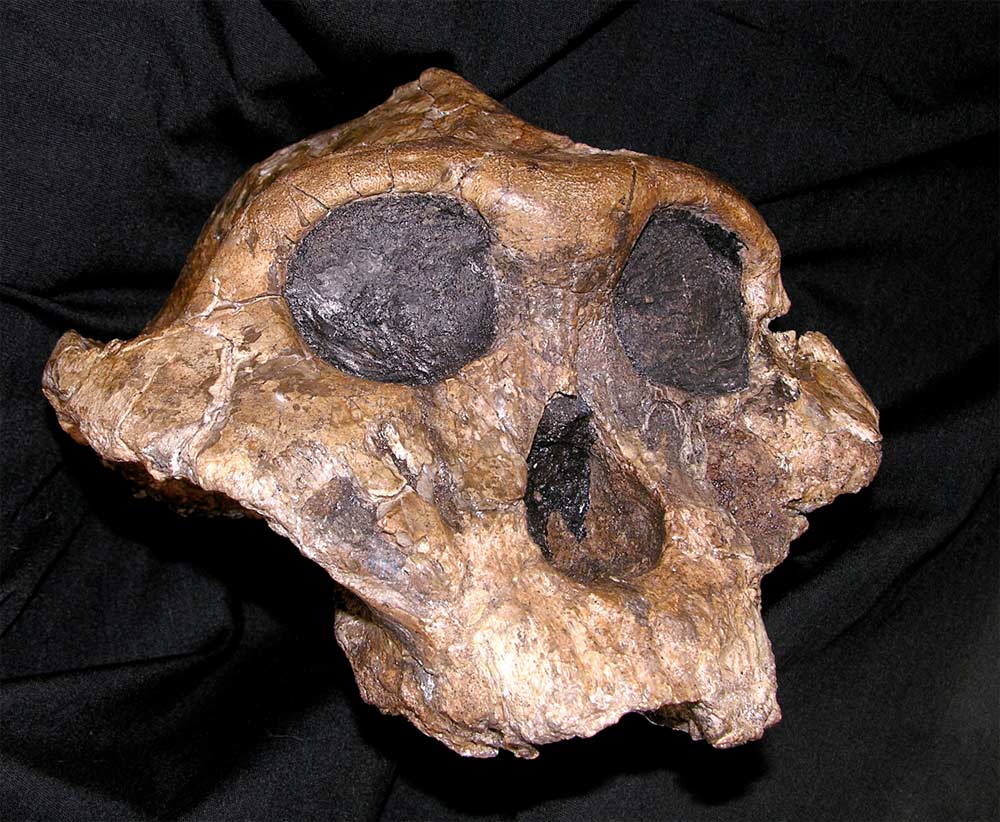
Damage to the teeth enamel of P. boisei suggested it came into contact with abrasive substances. Recent studies on the makeup of these teeth hinted these ancient relatives of humans largely lived on so-called C4 plants, such as grasses and sedges. However, controversy remains over whether such foods could have been nutritious enough for a large-brained, medium-size hominin. (Hominins include humans and related species after they split from the ancestors of chimpanzees.)
Amboseli Baboons
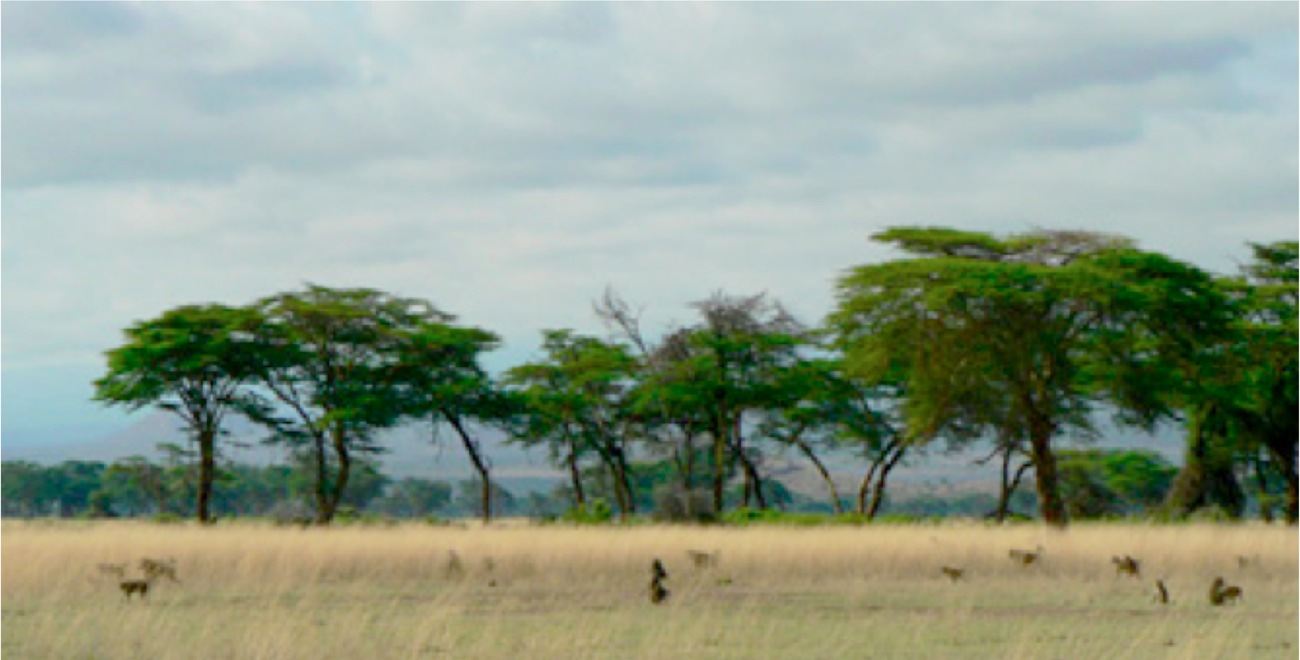
To solve the mystery of the extinct creature's diet, Gabriele Macho, a paleoanthropologist at the University of Oxford in England, investigated modern-day baboons in Amboseli National Park (shown here) in Kenya, an environment similar to that inhabited by P. boisei also called Nutcracker Man. The study focused on year-old baboons, for which there was much data on what they ate and the rate they ate it. [Read full story]
Baboon
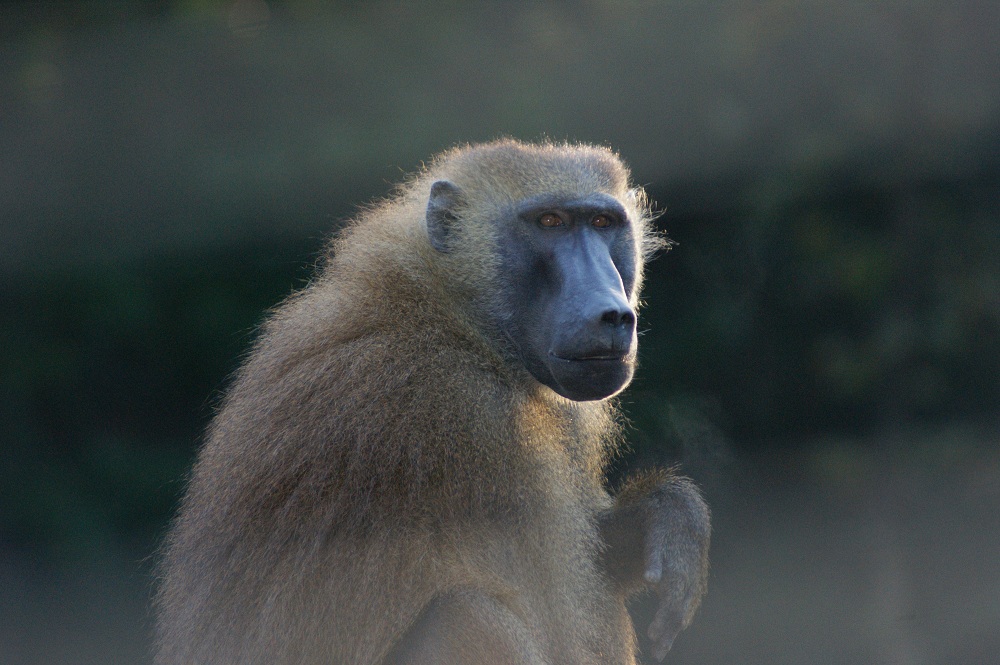
Macho analyzed past data on how long it took these year-old baboons to dig up enough tiger nuts. From that, she calculated how long P. boisei likely needed to forage in order to collect enough tiger nuts to survive. She estimated P. boisei could have gathered tiger nuts as quickly as an adult baboon, which is at least twice as fast as yearling baboons, due to superior manual dexterity.
Sign up for the Live Science daily newsletter now
Get the world’s most fascinating discoveries delivered straight to your inbox.
Paranthropus bosei
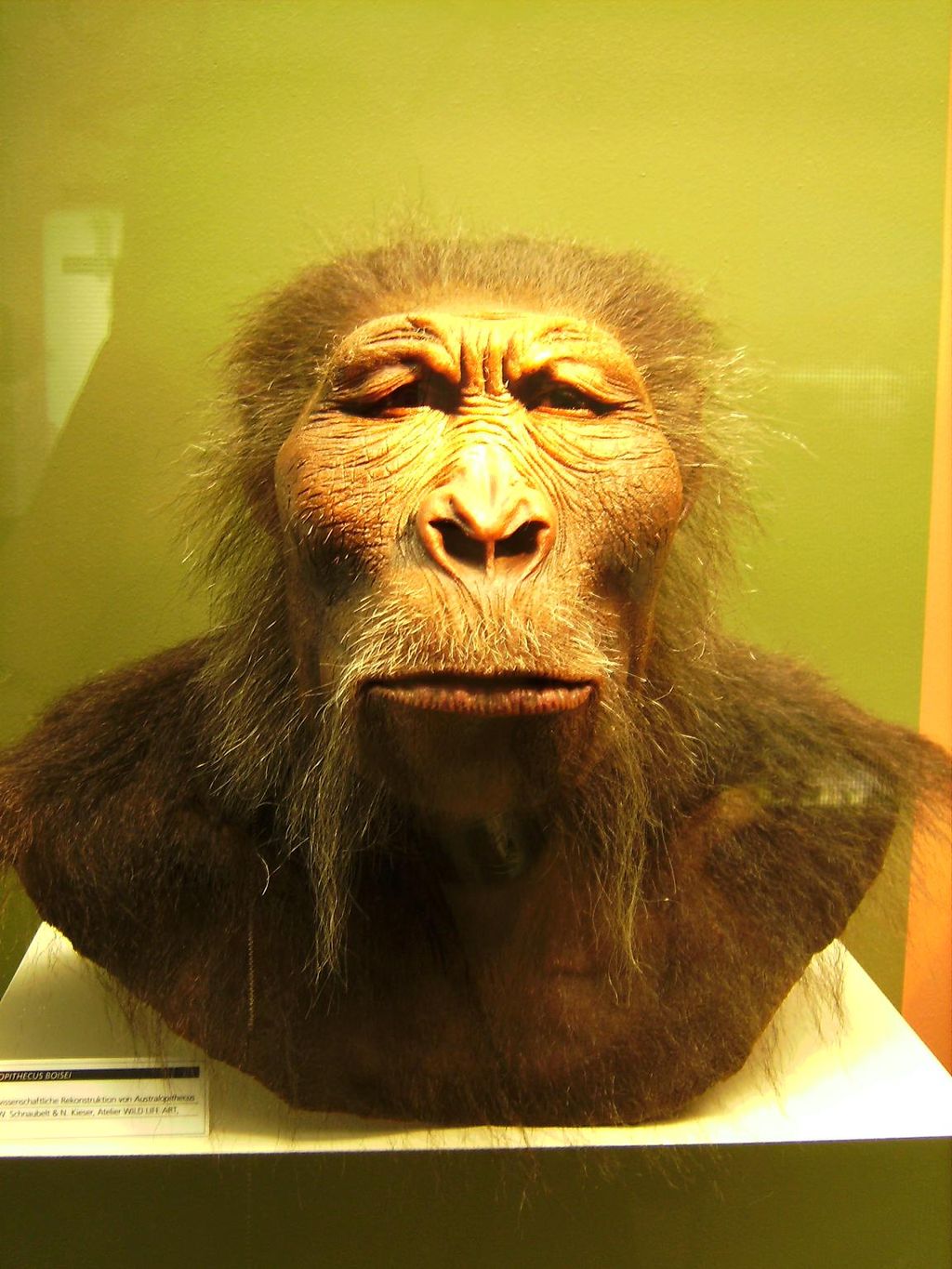
Macho calculated P. boisei could gather enough tiger nuts for 80 percent of its estimated daily calorie intake and all of its protein requirements in two and a half to three hours. This fits comfortably within the foraging time of five to six hours per day typical for large-bodied primates. They likely supplemented their diet with fruits and invertebrates such as grasshoppers and worms.











